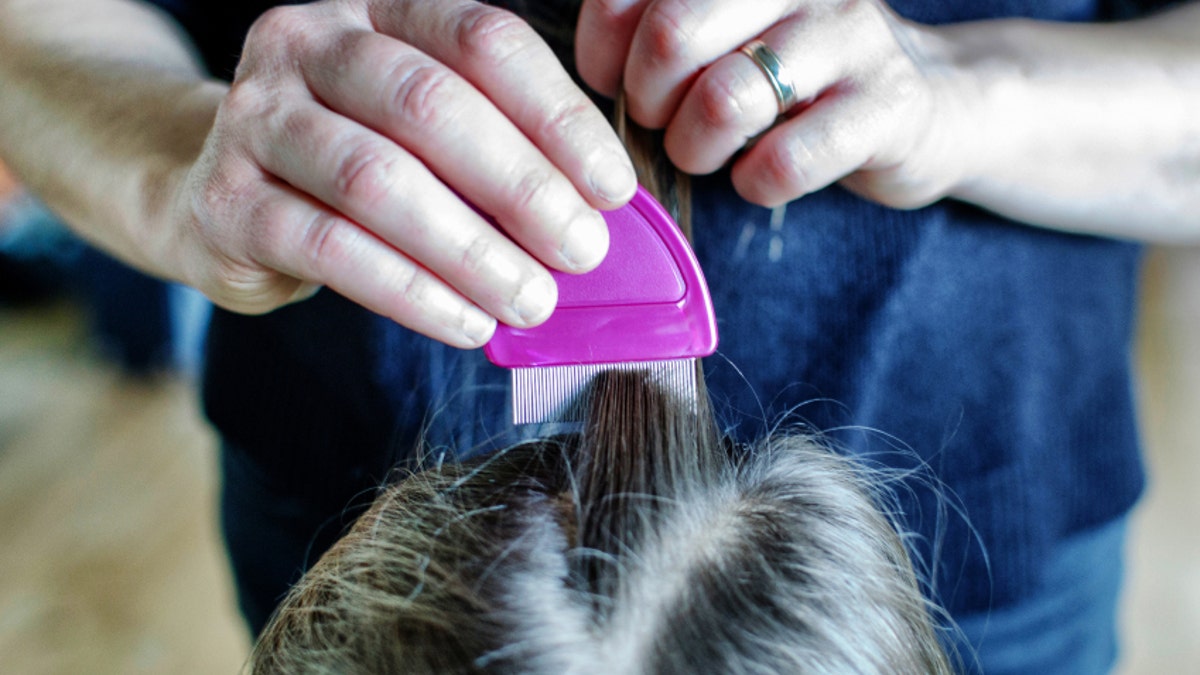
Head lice are annoying, but they don't actually make people sick, and children with the condition should not be kept away from school, according to new guidelines from a leading group of pediatricians.
The guidelines, from the American Academy of Pediatrics, say that although head lice can cause itching, they are not known to spread disease, and the insects are not very likely to spread from one child to another within a classroom. Rather, it is usually direct head-to-head contact that spreads lice.
For this reason, "no healthy child should be excluded from school or allowed to miss school time because of head lice or nits," the guidelines say. (Nits are the eggs of head lice.) Most doctors who care for children agree that school policies requiring children to be free from nits before returning to school should be abandoned, the AAP says.
In addition, screening kids at schools for head lice does not reduce the occurrence of the condition in classrooms over time, so routine screenings at schools should be discouraged, the AAP says. However, parents should still regularly check their children for head lice, and school nurses may check children who have symptoms of lice. [The 10 Most Diabolical and Disgusting Parasites]
For treating lice, a reasonable first choice is to use over-the-counter medications that contain 1 percent permethrin or pyrethrins (types of insect-killing chemicals), the AAP says. Parents should carefully follow the treatment instructions, and when using permethrin or pyrethrin products, should apply the treatment at least twice (about 9 days apart).
But because these medications do not kill 100 percent of the lice eggs, the treatments should be followed by manual removal of the eggs, the guidelines say. This can be a tedious process, but fine-tooth combs called "nit-combs" can make the process easier, the AAP says.
People living in some areas may become infested with head lice that are resistant to over-the-counter treatments. In those cases, or in cases in which a child doesn't get better after treatment, the child may be treated with a prescription medication called spinosad or topical ivermectin.
Home remedies for lice, such as "petrolatum shampoo," mayonnaise, butter or margarine, herbal oils, and olive oil, have not been tested in clinical trials, so their effectiveness is not known. Parents should also avoid using herbal products that claim to treat lice, because their safety and efficacy are not regulated by the Food and Drug Administration, the AAP says.
A number of other substances that people sometimes try — such as acetone, bleach, vodka and WD-40 — may be dangerous, the AAP said. And, moreover, these have not been proven to work.
Once a person is diagnosed with head lice, everyone in the family should be checked for the condition, the AAP says. Lice are usually transmitted by direct contact, so it's less likely that people will get lice from touching household items, but it is still wise to clean all hair-care items and bedding used by the person who had lice, the guidelines say.
It is recommended to teach children not to share items such as combs, brushes and hats, although such precautions are unlikely to prevent all cases of head lice, the AAP says.
The new guidelines are an update to previous recommendations on head lice, issued in 2010.
- 9 Weird Ways Kids Can Get Hurt
- 10 Ways to Promote Kids' Healthy Eating Habits
- 10 Scientific Tips For Raising Happy Kids
Copyright 2015 LiveScience, a Purch company. All rights reserved. This material may not be published, broadcast, rewritten or redistributed.
